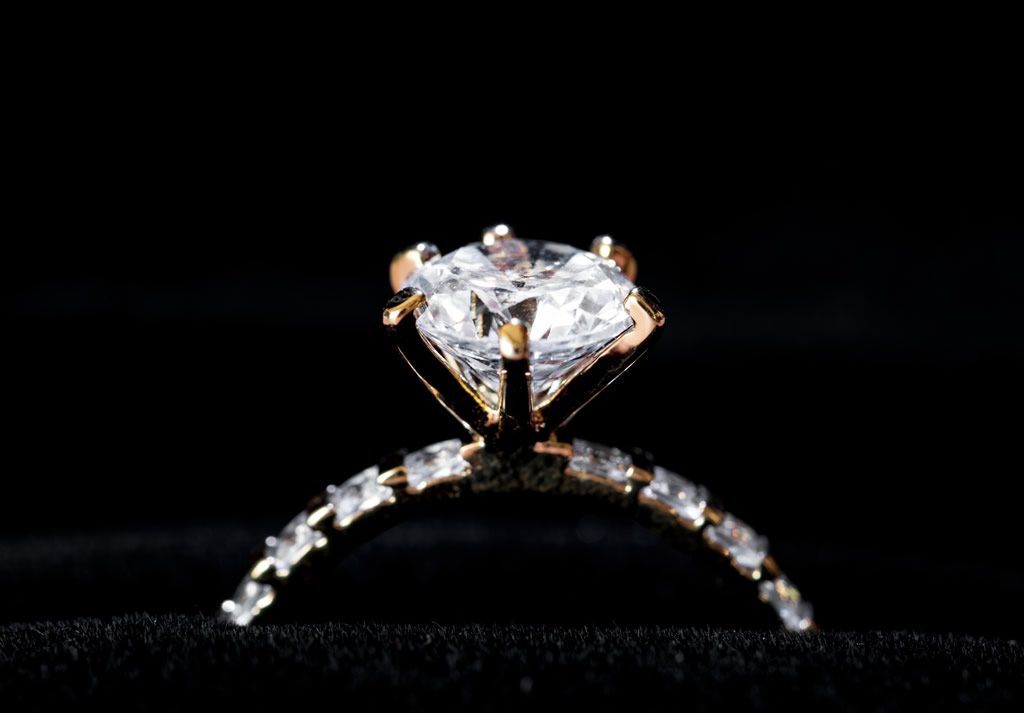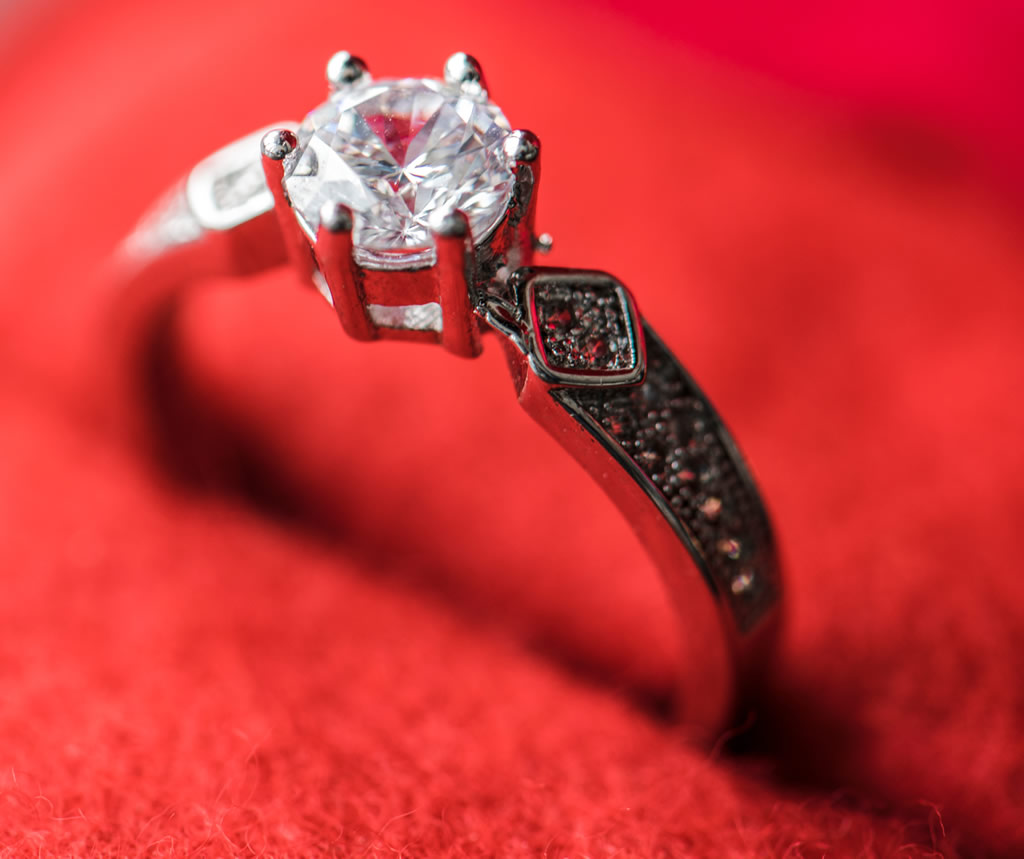Most people know what a diamond is—but fewer know how to tell if it’s worth the price. With more jewelers offering diamonds made in labs, it’s easy to get confused about what’s real, what’s good quality, and what’s just clever marketing.
Lab-made diamonds are physically and chemically the same as mined ones. But how they’re sold, priced, and graded can vary a lot. Some sellers don’t mention key details. Others use weak certification or inflate prices.
This guide helps you cut through the noise. It shows what to look for, what to avoid, and how to find quality lab-grown diamonds you can trust.

Lab-Grown vs. Natural Diamonds
Lab-grown and natural diamonds look the same to the eye. They’re made of the same material: carbon arranged in a crystal structure. They’re just formed in different ways.
Natural diamonds take billions of years to form underground. Lab-grown diamonds are created in a machine in a matter of weeks using high pressure and heat (HPHT) or a chemical process (CVD). Both methods produce real diamonds.
Here’s what matters for buyers:
- Appearance: No visible difference. You’d need special equipment to tell them apart.
- Durability: Same hardness and toughness.
- Price: Lab-grown diamonds usually cost 30–70% less.
- Resale value: Mined diamonds tend to hold value better. Lab diamonds have weaker resale markets for now.
One common myth is that lab diamonds are “fake.” They’re not. Cubic zirconia is fake. Moissanite is a different stone. Lab-grown diamonds are real diamonds—just made in a lab instead of underground.
If the goal is beauty, quality, and value, lab-grown diamonds are worth considering. But only if you know what you’re looking at.

Key Factors That Define Diamond Quality (The 4Cs)
Whether a diamond is lab-grown or mined, quality is judged using the same basic system: the 4Cs—Cut, Clarity, Color, and Carat. But not all grading is equal, and not all sellers explain it well.
Here’s a quick breakdown:
- Cut: This affects how the diamond reflects light. A well-cut diamond will look brighter and more “sparkly,” even if it’s smaller. Prioritize cut quality over carat size.
- Clarity: Measures how many tiny flaws (inclusions) are inside the diamond. Most are invisible without magnification. For lab diamonds, you can often get higher clarity at a better price than natural ones.
- Color: Diamonds are graded from D (colorless) to Z (noticeable yellow or brown tint). Many lab diamonds fall in the near-colorless range (G–J), which still look white in most settings.
- Carat: This is the weight of the diamond, not the size exactly—but more weight usually means higher cost. Don’t focus only on carat. A slightly smaller diamond with better cut will look nicer.
Tip: Some lab-grown diamonds can show different fluorescence or growth patterns under magnification. These don’t affect beauty but can show up in reports.
The 4Cs are a starting point—not the whole picture. Always ask to see the grading certificate to make sure the quality matches the price.
Certification and Grading Labs to Trust
A grading certificate shows exactly what kind of diamond you’re buying. It lists the 4Cs and confirms whether the diamond is lab-grown. But not all certificates are reliable—some sellers use in-house or vague grading to inflate value.
Stick with independent, recognized labs that follow strict standards.
Trusted labs in Australia:
- DCLA (Diamond Certification Laboratory of Australia) – Based in Sydney, DCLA is one of the most respected labs in the country. They offer full diamond grading, laser inscription, and can verify lab-grown stones.
- GSL (Gem Studies Laboratory) – Also located in Sydney, GSL offers gem testing and certification services, including for lab-created diamonds.
International labs also seen in Australia:
- IGI (International Gemological Institute) – Common for lab-grown diamonds, especially in online purchases.
- GIA (Gemological Institute of America) – Well-known globally, but less common for lab diamonds sold in Australia.
Before buying, ask to see a grading report. Make sure it includes:
- “Lab-grown” or “Laboratory-created” clearly listed.
- Accurate cut, color, clarity, and carat info.
- A trusted lab name—not just a retailer’s in-house grading.
No certificate? That’s a reason to walk away.
How to Spot Low-Quality or Overpriced Lab Diamonds
Not all lab-grown diamonds are equal. Some look great on paper but disappoint in person. Others are priced like premium stones but don’t hold up in terms of quality.
Here’s what to watch out for:
1. Vague or missing certification
If the diamond isn’t graded by a recognized lab like DCLA or IGI, the listed quality might not be accurate. Some sellers use their own grading, which tends to be more generous.
2. Poor cut quality
Cut has the biggest impact on how a diamond looks. Even a colorless, flawless stone will look dull if it’s badly cut. Avoid diamonds with “Fair” or “Good” cut grades—look for “Very Good” or “Excellent.”
3. Strange pricing
If a price looks too good to be true, it might be. But the opposite is also true—some sellers price lab-grown diamonds almost as high as mined ones. That doesn’t mean they’re better.
Compare prices for diamonds with the same 4Cs, from multiple sellers. Use tools like Rare Carat or PriceScope to get a rough sense of market value.
4. No return policy or guarantees
Reputable sellers will let you return or exchange a diamond if it’s not as expected. If there’s no return option—or the terms are sketchy—proceed with caution.
Where to Buy Lab-Grown Diamonds Safely
Buying a diamond—lab-grown or mined—shouldn’t feel like a gamble. The key is buying from a seller who’s upfront about quality, pricing, and certification.
What to look for in a retailer:
- Grading reports from trusted labs like DCLA or IGI
- Clear details about the 4Cs
- Transparent pricing—no vague “market value” claims
- A solid return policy (ideally at least 14 days)
- Options to see the diamond (photos, videos, or in-store)
Online vs. in-store
Online retailers often offer better prices, but you need to check certification carefully. Make sure the seller shows actual images or videos of the diamond—not just sample photos. In-store lets you see the stone in person, but selection might be smaller.
Why Consider Luxury Diamonds
If you’re in Australia, Luxury Diamonds offers certified lab-grown diamonds backed by local grading from DCLA. They’re also one of the few stores that let you trade in scrap gold toward the cost of a new diamond ring. That means you can reduce the final price based on the value of gold you already have.
It’s a practical option—especially if you’ve got unused or broken gold jewelry sitting around.
Final Tips for First-Time Buyers
If this is your first time buying a lab-grown diamond, it’s easy to feel overwhelmed. Here’s a quick checklist to keep things simple:
✅ Always get a certificate
No matter how good the deal sounds, make sure the diamond comes with grading from a trusted lab like DCLA, IGI, or GSL.
✅ Don’t obsess over carat size
A well-cut 0.9 carat diamond can look better than a poorly cut 1.0. Prioritize cut and overall appearance.
✅ Know what you’re paying for
Ask for a full breakdown of the 4Cs and any treatments the diamond may have received. Make sure the price matches the specs.
✅ Compare a few options
Check a few sellers—even if you already found one you like. It gives you a better sense of value.
✅ Ask about returns and warranties
If the seller doesn’t offer returns, that’s a risk. You should be able to change your mind if the diamond isn’t what you expected.
✅ Use what you have
If you’ve got old or broken gold jewelry, consider a shop like Luxury Diamonds where you can trade in scrap gold to lower your total cost.
Conclusion
Buying a lab-grown diamond doesn’t have to be complicated. Stick to the basics: check the 4Cs, ask for proper certification, and compare before you commit. Whether you’re shopping online or in-store, being informed gives you the upper hand.
And if you’re in Australia, Luxury Diamonds offers both certified stones and the option to trade in scrap gold—something most jewelers don’t.
A little research goes a long way. The right diamond should feel good to wear and to buy.